The term electric delivery trucks encompasses a range of vehicles designed to transport goods and parcels in an eco-friendly manner. These trucks are powered by electricity, offering a sustainable alternative to traditional fossil fuel-powered vehicles. With the rise of e-commerce and the increased focus on reducing carbon emissions, electric delivery trucks are becoming an essential part of the logistics and transportation industries. Alibaba.com hosts a variety of these innovative transport solutions, catering to the needs of businesses worldwide.
Types and Features of Electric Delivery Trucks
The electric delivery trucks sector is diverse, with models like the fedex electric truck designed for urban delivery routes, boasting compact dimensions and agile handling. The tesla semi delivery truck, on the other hand, is a testament to long-haul efficiency, offering unparalleled range and cargo space for cross-country transportation. The usps electric truck is tailored for the postal service's unique requirements, providing accessibility and ease of use for frequent stops. Each type of truck is equipped with features that enhance their suitability for specific tasks, such as advanced battery management systems, regenerative braking, and user-friendly interfaces for monitoring vehicle performance.
Structure and Core Components of Electric Delivery Trucks
The architecture of an electric delivery truck is a complex network of components engineered for optimal performance. The chassis is designed to support the weight of heavy batteries while maintaining structural integrity. The electric drivetrain, which includes the motor, inverter, and transmission, is optimized for efficiency, translating electrical energy into mechanical power with minimal loss. The thermal management system maintains the battery and electronics at ideal operating temperatures, ensuring longevity and reliability. The integration of these core components is critical for the seamless operation of the truck, providing a smooth and responsive driving experience.
Materials and Design Considerations
Material selection in electric delivery trucks is a balance between strength, efficiency, and sustainability. Aluminum is often used for its lightweight and corrosion-resistant properties, contributing to improved range and payload capacity. The cabin design prioritizes ergonomics and visibility, with reinforced glass for safety and composite materials for sound insulation. The aerodynamic design of the bodywork reduces drag, further enhancing efficiency. These design considerations are crucial in creating a vehicle that is not only functional but also comfortable and safe for drivers during long shifts.
Business Usages and Applications
Electric delivery trucks are increasingly becoming the backbone of various business operations. In the manufacturing sector, they facilitate the just-in-time delivery of components, reducing inventory costs. For food shops and restaurants, the ability to maintain a cold chain without emissions is a game-changer. In urban settings, these trucks are ideal for last-mile deliveries, navigating tight streets with ease and without noise pollution. The versatility of electric delivery trucks makes them invaluable across different sectors, enhancing supply chain efficiency and supporting businesses in their green initiatives.
Functions and Operational Efficiency
The primary function of electric delivery trucks is to transport goods efficiently and reliably. They are designed with a focus on maximizing uptime, with features like fast charging capabilities and energy recuperation systems. The user interface often includes route optimization software, helping drivers avoid congestion and reduce energy consumption. The operational efficiency of these trucks is not just about energy use; it's also about the integration with logistics networks, enabling real-time tracking and inventory management, which are crucial for modern supply chains.
Distinctive Features and Selling Points
Electric delivery trucks offer distinctive features that set them apart from traditional vehicles. The instant torque provided by electric motors allows for rapid acceleration, even when fully loaded. Many models come with advanced driver-assistance systems (ADAS), which improve safety and reduce driver fatigue. Connectivity features such as over-the-air updates and integration with fleet management software provide a level of convenience and efficiency that is highly valued in the logistics industry. These selling points make electric delivery trucks not just an environmentally responsible choice but also a smart business decision.
Benefits and Positive Outcomes
The benefits of transitioning to electric delivery trucks are manifold. Businesses can expect a significant reduction in carbon footprint, aligning with global environmental targets. The lower operational costs, due to fewer moving parts and reduced energy expenses, directly impact the bottom line positively. For drivers and city dwellers, the quiet operation of these trucks means less noise pollution and a more pleasant urban environment. The positive outcomes extend beyond the immediate users to society at large, contributing to cleaner air and a more sustainable future.
How to Use and Maintain Electric Delivery Trucks
Effective use of an electric delivery truck begins with understanding its capabilities and limitations. Drivers should be trained on how to maximize range through efficient driving techniques and proper use of regenerative braking. Choosing the right model involves evaluating the typical delivery route, load requirements, and available charging infrastructure. Maintenance is simplified due to fewer mechanical parts but paying attention to battery health and software updates is crucial. Cleaning should be done with care, avoiding direct exposure of electrical components to water, and following the manufacturer's guidelines.
Target Audience and Market Needs
The target audience for electric delivery trucks is broad, encompassing large logistics companies, local delivery services, and governmental organizations. The tesla truck deliveries appeal to those looking for cutting-edge technology and performance, while the fedex ev truck is ideal for established courier networks seeking reliability and integration with existing systems. The usps electric truck meets the specific needs of postal services, with its design optimized for frequent stops and starts. Each model is designed with the end-user in mind, ensuring that the trucks meet the practical needs and preferences of their target audience.
How do electric delivery trucks contribute to eco-friendly transportation?
Electric delivery trucks play a pivotal role in eco-friendly transportation by utilizing electric motors powered by batteries, which produce zero tailpipe emissions. This shift from internal combustion engines to electric powertrains results in a significant reduction of pollutants and greenhouse gases, aligning with global sustainability goals.
What are the maintenance requirements for electric delivery trucks?
Maintenance for electric delivery trucks typically involves regular checks of the electrical system, battery health, and software updates. Unlike traditional vehicles, electric trucks have fewer moving parts, which translates to less wear and tear and, consequently, reduced maintenance needs. However, it is crucial to follow the manufacturer's guidelines to ensure longevity and optimal performance.
Are electric delivery trucks cost-effective for businesses?
While the initial investment in an electric delivery truck may be higher than that of a conventional truck, the long-term savings on fuel, maintenance, and the potential for tax incentives can make them a cost-effective option for businesses. Additionally, as technology advances and production scales, the purchase prices are expected to become more competitive.
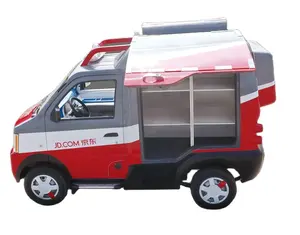
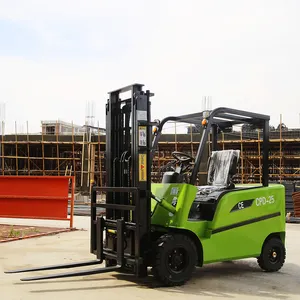






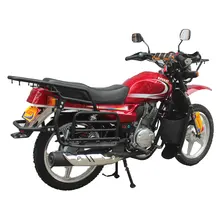
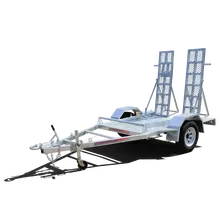


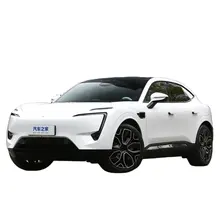


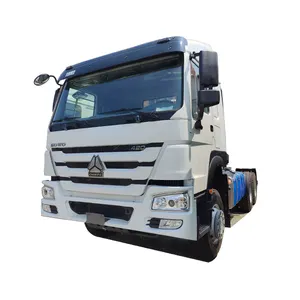


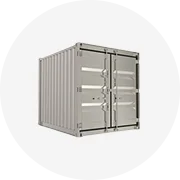
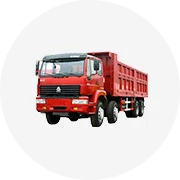
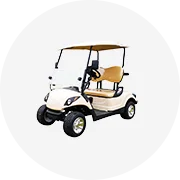




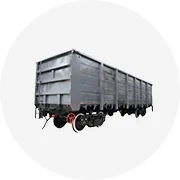

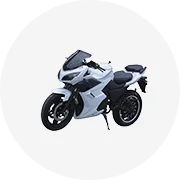
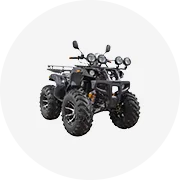

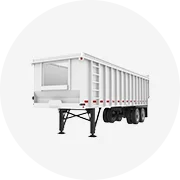
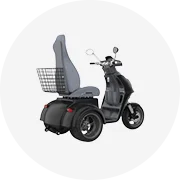








 浙公网安备 33010002000092号
浙公网安备 33010002000092号 浙B2-20120091-4
浙B2-20120091-4